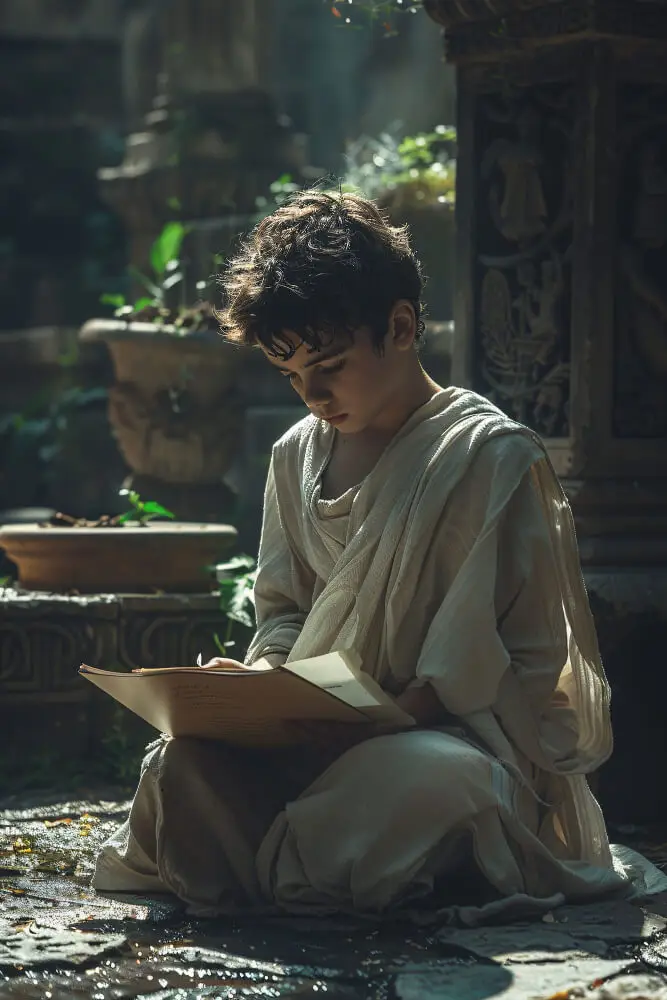Introduction
Neil Gaiman is a literary powerhouse whose works span genres and mediums, from novels and graphic novels to film and television. This spotlight explores Gaiman’s contributions to modern mythology and his unique ability to weave fantastical tales that resonate with readers of all ages.
Early Life and Career
Neil Gaiman was born in Hampshire, England, in 1960. He began his career as a journalist before transitioning to writing fiction. His early works, including the groundbreaking graphic novel series The Sandman, established him as a leading figure in the fantasy genre.
Major Works and Themes
Gaiman’s novels are known for their rich, imaginative worlds and compelling characters. American Gods blends mythological elements with contemporary American culture, creating a narrative that explores the clash between old and new beliefs. Coraline, a dark fantasy for younger readers, delves into themes of bravery and self-discovery.
Other notable works include Neverwhere, a novel set in a hidden, magical London, and The Graveyard Book, which follows the adventures of a boy raised by ghosts in a graveyard.
Writing Style and Influence
Gaiman’s writing is characterized by its lyrical prose, dark humor, and intricate plotting. He has a gift for blending the mundane with the magical, creating stories that feel both otherworldly and deeply human. His influence extends beyond literature, with successful adaptations of his works in film and television, including Good Omens and Stardust.
Awards and Honors
Gaiman’s contributions to literature have been recognized with numerous awards, including the Hugo, Nebula, and Bram Stoker awards. His work on The Sandman earned him the World Fantasy Award for Best Short Story, the first comic to receive this honor.
Conclusion
Neil Gaiman’s mastery of modern mythology and storytelling has cemented his place as one of the most influential writers of our time. His ability to create immersive, imaginative worlds and relatable characters continues to captivate and inspire readers across the globe.


